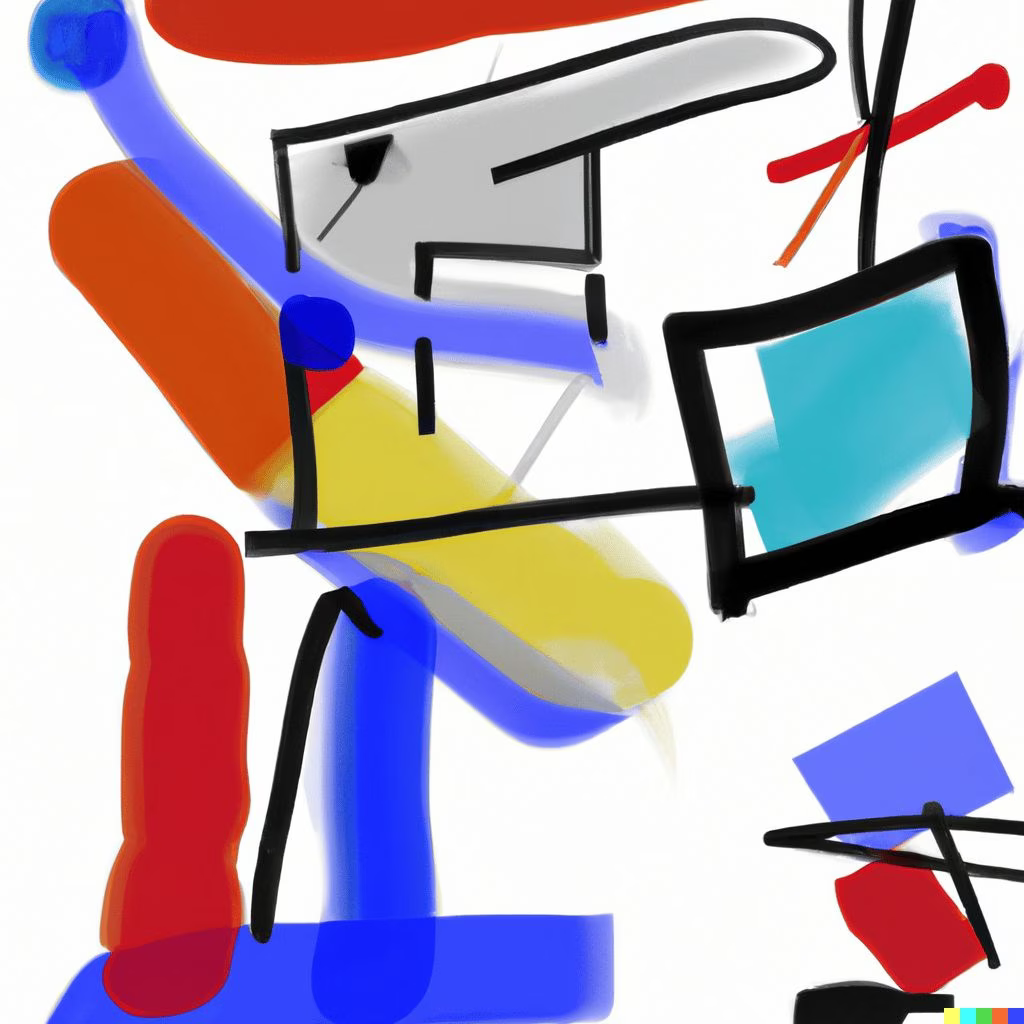AI Art Will Push the Top 1% to Human Artists

One effect I think we’ll see from all this AI-generated art is magnified status for those who insist on the opposite, i.e., manual, human art. The more manual the better. The more human the better. Ideally there’d only be one of whatever you have, and it’d only be yours.
Why is this? It’s because when we talk about people making art for things, there are really two games being played. The first is the base need for an image of some sort. Like for a blog post, or an article. It’s something visual to complement the text. But the second axis is the most important one, which is status.
These overlap considerably, but ultimately when you put a piece of nice art on an article, which might also have nice typography, you’re saying to the reader, "this is the good stuff."
And the better the automated art, the higher the status of the human-generated alternative. It reminds me of lawns, which are the poster yards for conspicuous consumption. Lawns were created to communicate several things, all of which are gross insights into the human mind.
I have lots of space
I have a staff to maintain this, or I do it myself because I enjoy it
I’m not even really using the space—and it’s hard to maintain—but I can so I will
When you have a giant estate a big lawn is a brag about the size of your staff. Like boasting that you have 15 servants in the British aristocracy.

Wow, probably lots of staff
Think of how rich they must be if they’re spending all that money on X!?!
It’s the same for "Made in America", or "Hand Made". They both indicate higher quality, maybe, but often not. It’s not actually the quality that improves, but the amount of attention and effort, which is different. Handmade things imply a shorter supply of them, made by higher-skill people.
Ultimately we’re talking about scarcity, which is one of the most potent champions for status. We want what other people can’t have. And in a world where it’s so easy to have nice-looking art, the way to one-up and win that game is to ask them who made it. If they answer anything other than with real artists name, you’ll be looked down upon.
So that’s the prediction: this pendulum swing of AI art will basically raise the bottom of art. There won’t be many sites left with no art, or horrible-looking art. And stock photo businesses are all about to close or become AI-art businesses.
But the overall effect at the top end will be to differentiate by talking about the humans who do things for you. Not machines. Not AI. Not robots. Humans. Because at that level it’s mostly not about the quality of the thing— it’s about the status it conveys.